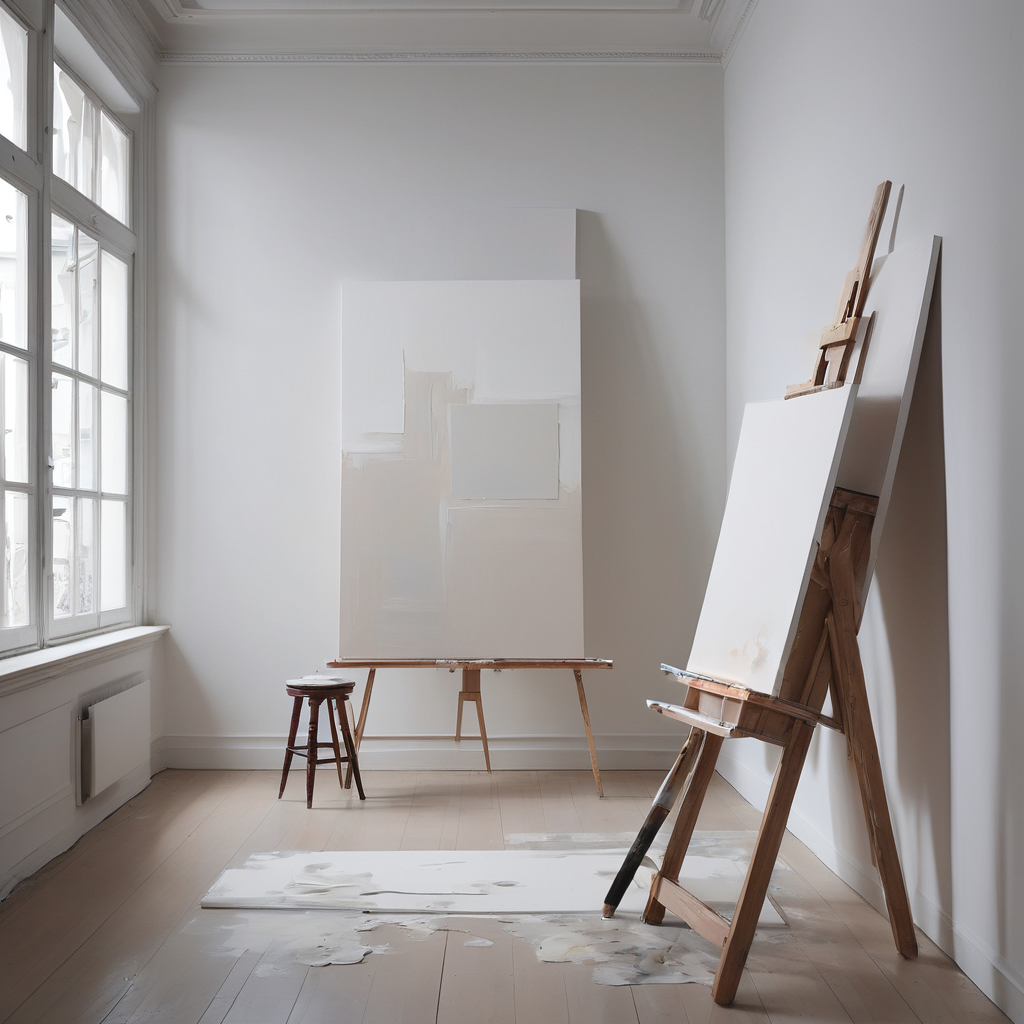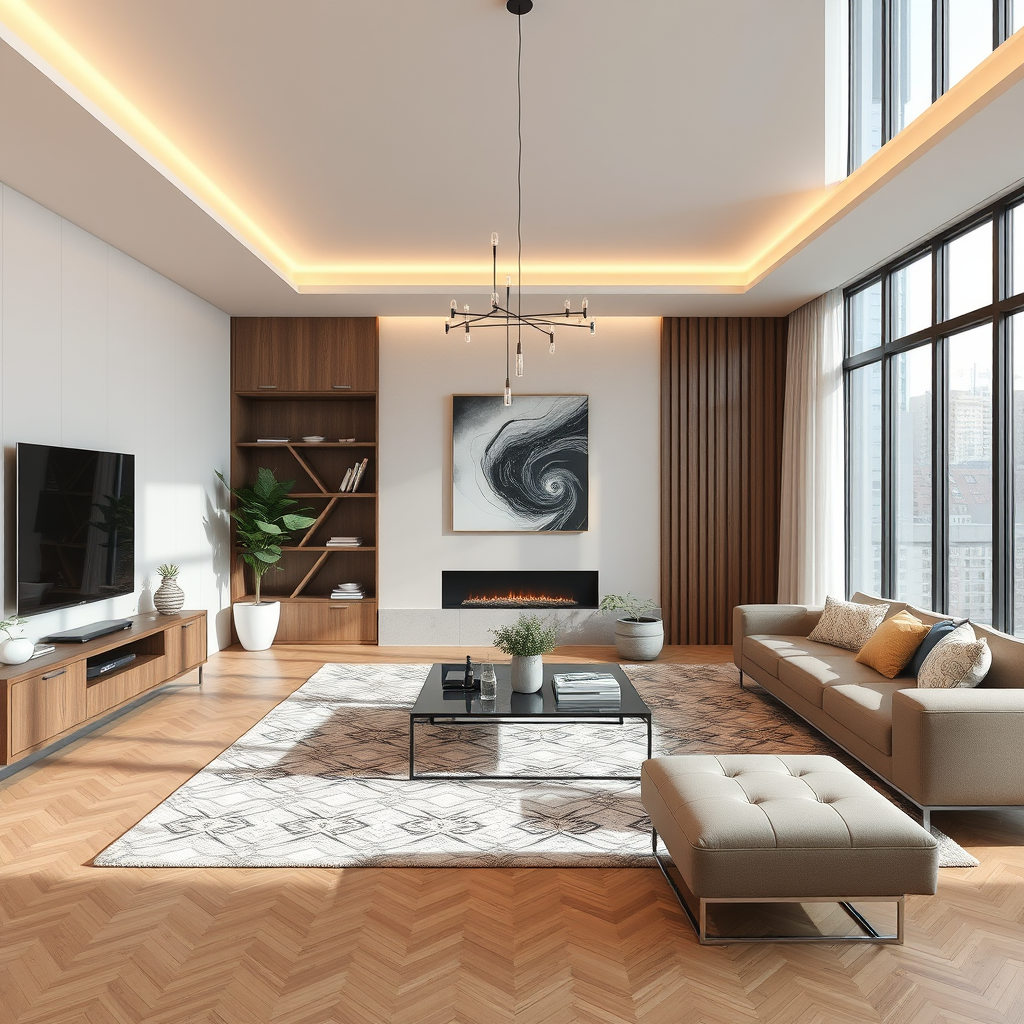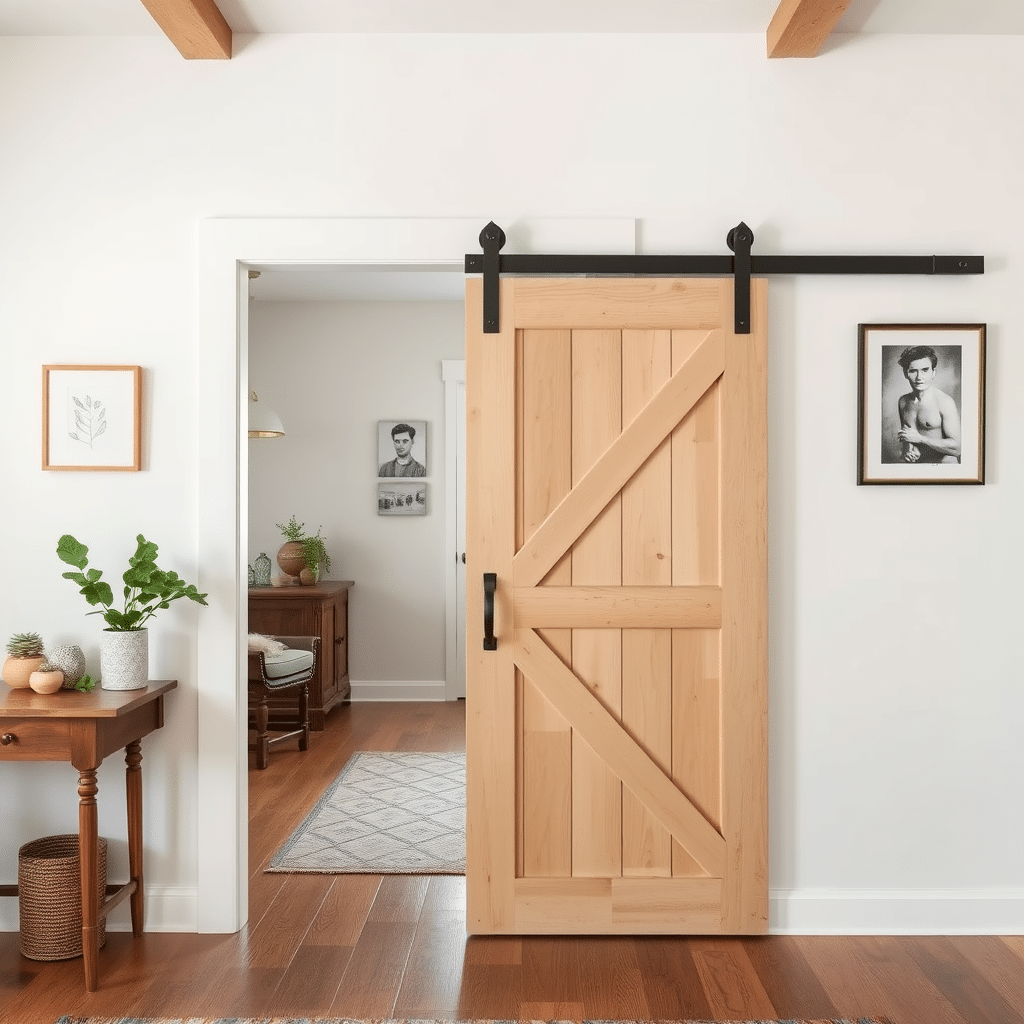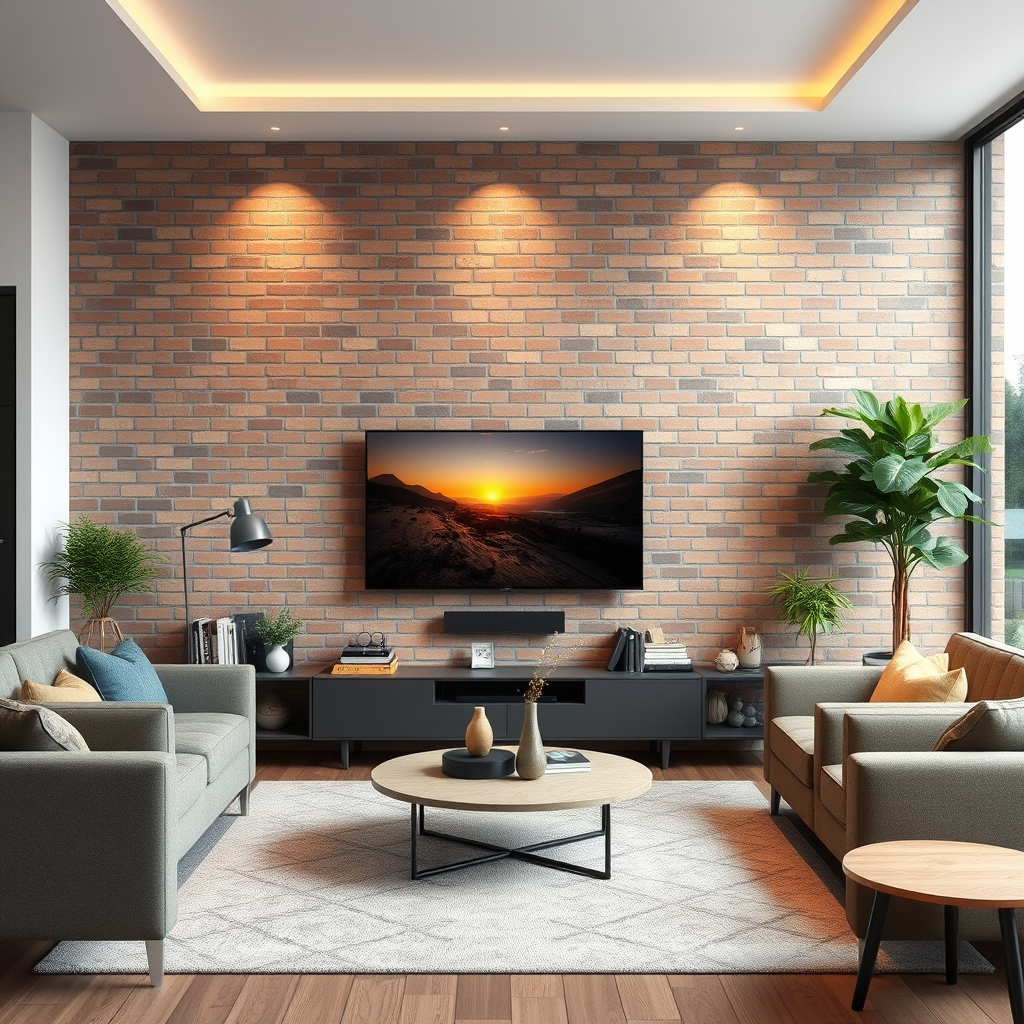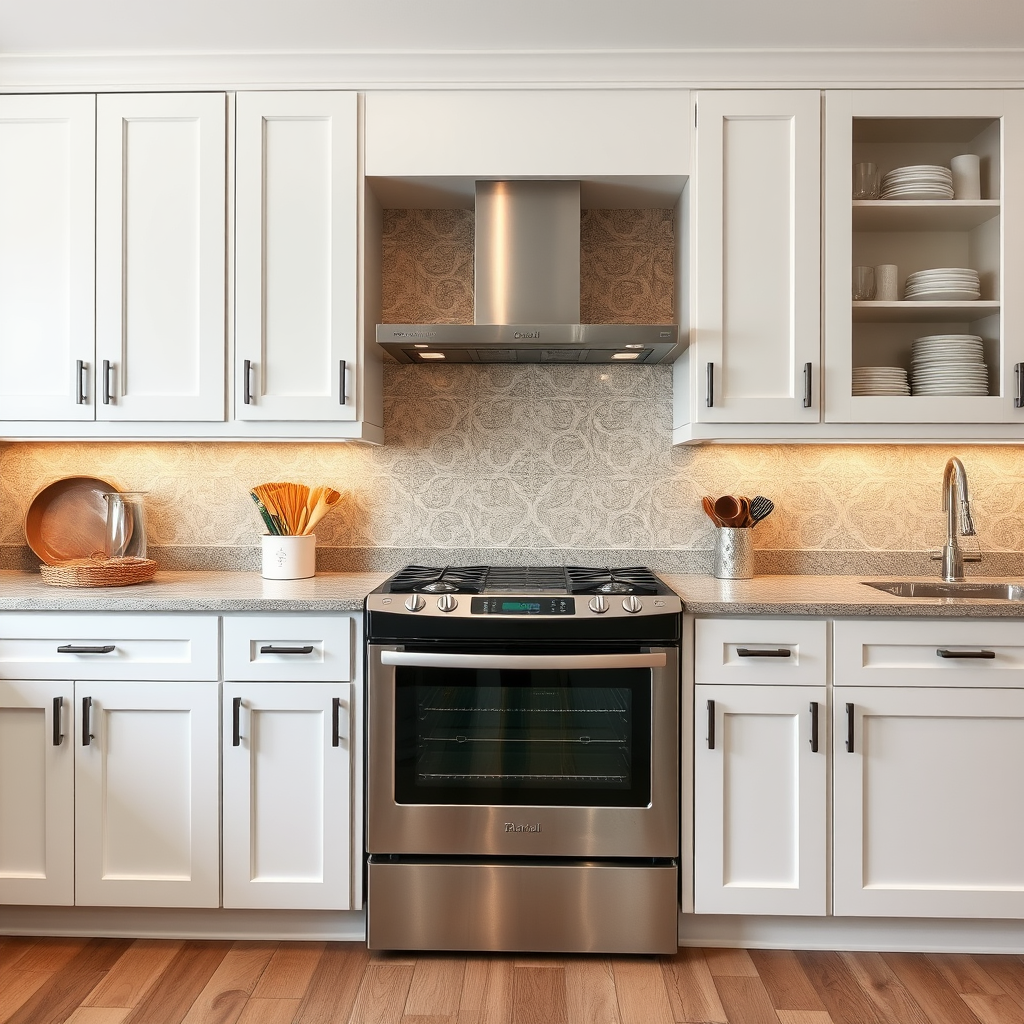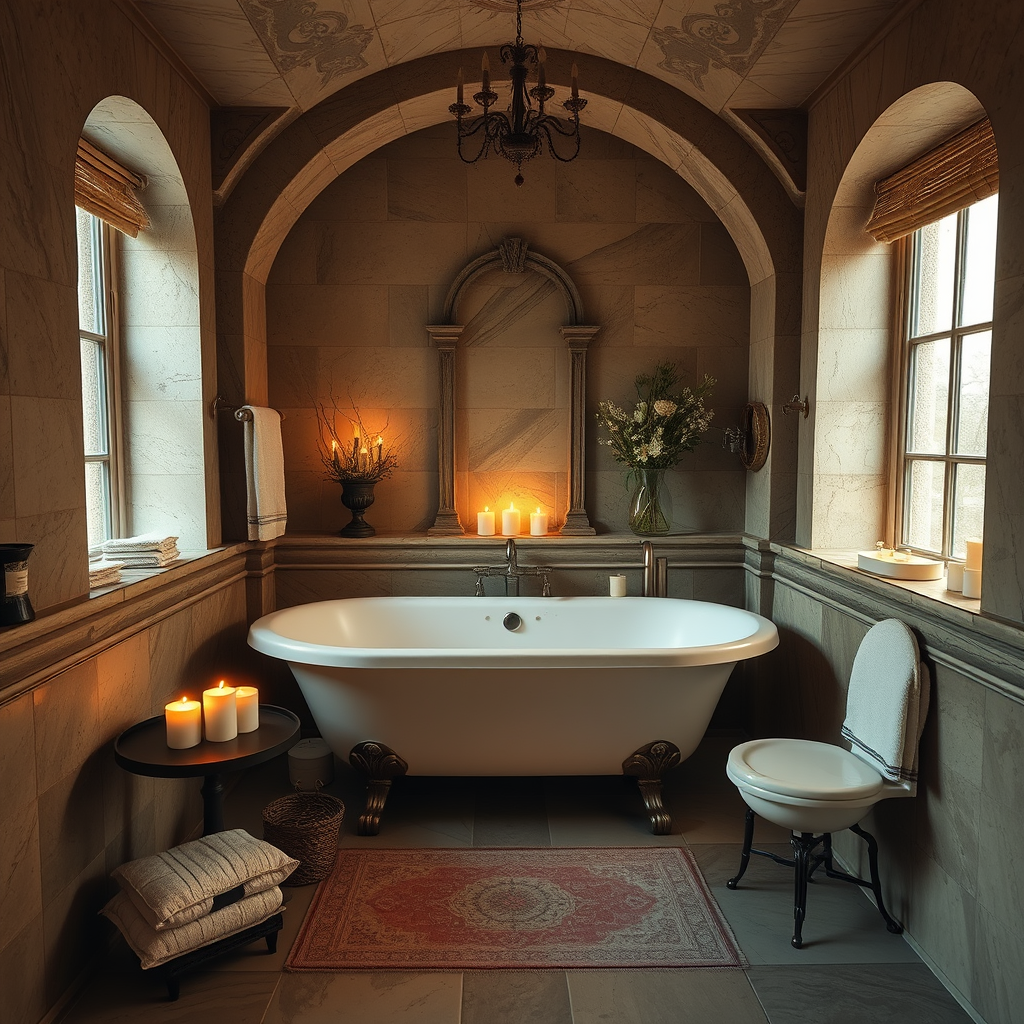Creating a painting atelier is not merely about setting up a space; it’s about crafting an environment that fosters creativity, inspiration, and productivity. Whether you’re a professional artist or an enthusiastic hobbyist, designing your painting studio requires careful consideration of both practical and aesthetic elements. Here’s a comprehensive guide to help you design the perfect painting atelier:
1. **Choose the Right Space**: Select a room with ample natural light to illuminate your workspace. Large windows or skylights are ideal for providing consistent, even light throughout the day. Additionally, consider a space with enough square footage to accommodate your easel, storage units, and any other necessary equipment without feeling cramped.
2. **Optimize Lighting**: In addition to natural light, incorporate adjustable artificial lighting to ensure optimal visibility, especially during evening sessions. Invest in adjustable track lighting or adjustable lamps that allow you to control the intensity and direction of light according to your preferences.
3. **Create a Functional Layout**: Arrange your workspace in a way that promotes workflow and organization. Place your easel in a central position, leaving sufficient room around it for movement. Allocate specific areas for painting supplies, such as brushes, paints, palettes, and canvases, to keep them easily accessible yet neatly organized.
4. **Invest in Quality Materials**: Select high-quality materials and tools that not only enhance your artistic process but also contribute to the overall aesthetic of your atelier. Choose durable easels, comfortable seating, and sturdy storage solutions to create a professional and inviting atmosphere.
5. **Consider Ergonomics**: Prioritize comfort and ergonomics when selecting furniture and equipment for your atelier. Invest in an adjustable easel and a supportive chair to ensure proper posture and reduce the risk of strain or injury during long painting sessions.
6. **Personalize Your Space**: Infuse your personality into the design of your atelier by incorporating elements that inspire and motivate you. Display artwork that resonates with your style and aesthetic preferences, hang inspirational quotes or artwork, and add touches of color through decorative accents or plants.
7. **Ensure Adequate Ventilation**: Proper ventilation is essential in a painting studio to mitigate the fumes and odors associated with solvents, paints, and other art materials. Install exhaust fans or open windows to maintain a steady flow of fresh air and prevent the buildup of harmful vapors.
8. **Create a Clean-up Station**: Designate a designated area for cleaning brushes, palettes, and other painting tools to streamline your post-session cleanup process. Install a sink with running water, and keep cleaning supplies such as solvents, soap, and paper towels readily available.
9. **Incorporate Storage Solutions**: Maximize space efficiency by incorporating ample storage solutions for organizing and storing your painting supplies. Utilize shelving units, cabinets, drawers, and pegboards to keep your materials neatly organized and easily accessible.
10. **Inspire Creativity**: Surround yourself with sources of inspiration to ignite your creativity and stimulate your artistic imagination. Display art books, magazines, and reference materials relevant to your interests and artistic style. Consider creating a dedicated inspiration board or wall where you can pin sketches, photos, and other visual stimuli.
Designing a painting atelier is a highly personal endeavor that requires careful consideration of your artistic needs, preferences, and workflow. By implementing these design principles and incorporating elements that inspire and motivate you, you can create a welcoming and conducive space where your artistic vision can flourish.

